AI Detection Guide to Identify AI Writing vs Human Authors

The rise of AI tools has changed how we write, learn, and create. From polished essays to flawless reports, machines now generate text that often looks indistinguishable from human work. Yet, even as AI becomes more advanced, small signs still reveal its mechanical heart. Recognizing them isn’t just about catching a computer at work—it’s about protecting authenticity in a world where algorithms increasingly speak for us.
Common signs of AI-generated text
Even the most sophisticated AI still struggles with one thing humans do effortlessly: imperfection. Real writing has a rhythm—pauses, slips, and bursts of emotion that reflect a living mind behind the words.
One clear clue is the uniformity of perfection. Machine-generated writing rarely takes risks. It avoids humor, contradiction, or strong emotion. Sentences are balanced, grammar is flawless, and tone is neutral. Tools that help readers identify AI writing often flag this kind of over-polished structure as a subtle indicator of machine authorship. But real people don’t write that way all the time. A good paragraph might contain an unfinished thought, a sudden metaphor, or an unexpected question—moments that make writing feel alive. Here’s an example of 25% flagged text according to JustDone’s AI detector:
Another giveaway is robotic politeness. AI tends to overuse formal phrasing, even in casual contexts. It may write “in conclusion” or “furthermore” in an everyday story. The result feels slightly stiff, like a polite colleague who never relaxes. For additional educational resources,.
Advanced AI detection cues
Modern AI writes smoother than ever. Yet beneath the polish, certain linguistic patterns remain consistent—and they quietly reveal its origins. For additional educational resources,.
One of them is the echo chamber effect. AI models rely on probability, predicting the most likely next word. This makes their writing safe but repetitive. The same idea might appear in slightly different wording across a few paragraphs. It reads fine, but it doesn’t progress—it circles. For additional educational resources,.
Then there’s the odd balance between creativity and logic. When people use metaphors, they come from personal experience. We might describe a difficult morning as “a coffee cup half empty.” AI doesn’t have mornings. Its metaphors are borrowed, often too familiar or slightly misplaced. They lack that spark of personal association. For additional educational resources,.
Another subtle cue is structural sameness. Many AI texts follow the same rhythm: introduction, three points, neat conclusion. Humans are less symmetrical. We may start mid-thought, change tone halfway, or end with a question instead of a summary. For additional educational resources,.
Why human-written content wins for authenticity
Knowing how to detect AI is one part of the story. The other is understanding why human writing still matters — and always will. For additional educational resources,.
First, there’s experience. Human authors don’t just share facts; they share perspective. The lessons learned from failure, the pride of small victories, the frustration of a long night—those emotions color our words. Readers connect with that honesty. For additional educational resources,.
Second, emotional intelligence sets people apart. Humans anticipate the reader’s feelings. We write to reassure, challenge, or inspire. AI mimics empathy but doesn’t feel it. When we read something that truly resonates, it’s because a real person cared enough to think about us. For additional educational resources,.
There’s also the value of imperfection. Great writing isn’t always tidy. A sentence that breaks the rules can still move us. That slight unpredictability—a sudden aside, a question that lingers—shows presence. For additional educational resources,.
Humanize AI text: A practical workflow for writers
AI isn’t the enemy of authenticity—it’s a tool. The key lies in how we use it. Machines can handle structure, grammar, and brainstorming, freeing people to focus on creativity and meaning. For additional educational resources,.
A practical method is “rewrite and infuse.” Let AI help with a draft, then rewrite it in your voice. Add details only you could know — your experiences, humor, and examples. Edit rhythm and phrasing until it sounds natural. The machine builds the frame; you paint the picture. For additional educational resources,.
Always fact-check. Never assume information generated by AI is correct. Verifying details is part of responsible writing — a small habit that keeps your content trustworthy.
When used thoughtfully, JustDone can support this workflow. They simplify early stages — generating outlines, cleaning grammar, or organizing ideas — but the final human touch remains essential.
The future of AI detection and authentic writing
The next era of writing won’t belong to machines or humans alone — it will belong to those who combine both intelligently. As AI handles repetitive content, human authors will focus more on insight and originality.
Future-proof writing is about depth, not volume. Facts are everywhere; interpretation is rare. A writer who explains why something matters will always stand out. Personality and perspective become the true differentiators.
AI may write fast, but only humans write with intent. The real skill of the future won’t be spotting machines — it will be crafting stories so personal, so thoughtful, that their origin is never in doubt. Authenticity isn’t about resisting technology; it’s about using it wisely while keeping the human heartbeat at the center of every word.
Frequently Asked Questions
How do you add and subtract mixed fractions?
To add or subtract mixed fractions, first convert each mixed fraction into an improper fraction by multiplying the whole number by the denominator and adding the numerator to this product. The result becomes the new numerator, with the original denominator remaining the same. Once all fractions are converted, ensure they have a common denominator for straightforward addition or subtraction of the numerators. Finally, simplify the resulting fraction if possible. This process blends the precision of mathematics with a human touch, emphasizing how we use clear, methodical steps to solve problems, much like distinguishing human from AI-generated text.
What is a growing pattern?
A growing pattern in mathematics refers to a sequence where each term increases according to a specific rule or formula, often used to teach students about functions and sequences. This concept is crucial in understanding how patterns evolve and how to predict future terms. For example, in a simple growing pattern, each number might be the previous number plus two (2, 4, 6, 8, …). Recognizing and analyzing these patterns not only enhances problem-solving skills but also prepares students for more complex algebraic concepts. Understanding growing patterns can be particularly actionable for parents looking to help their children excel in math by providing a solid foundation in recognizing sequences and predictions, which are essential skills in many areas of mathematics.
What is the rule for a growing pattern?
A growing pattern in mathematics refers to a sequence where each term increases according to a specific rule or formula. This rule could be adding a constant number, multiplying by a factor, or following a more complex mathematical operation. For instance, in the sequence 2, 4, 6, 8, the rule is to add 2 to each previous number. Understanding and identifying these patterns are essential skills in math, helping students recognize order and predict future elements in sequences. This concept is fundamental in various areas of mathematics, including algebra and number theory. For further reading on patterns and sequences, exploring topics like number patterns can be very helpful.
Related to This Article
More math articles
- Top 10 Free Websites for STAAR Math Preparation
- How to Use Number Lines to Graph and Order Fractions
- The Best Teacher Desks in 2026
- The Ultimate 6th Grade PEAKS Math Course (+FREE Worksheets)
- Top 10 Tips to Create the SAT Math Study Plan
- DAT Math Formulas
- 7th Grade Mathematics Worksheets: FREE & Printable
- Vectors Introduction
- How to Graph Inverse of the Sine Function?
- How to Write an Exponential Function: Word Problems




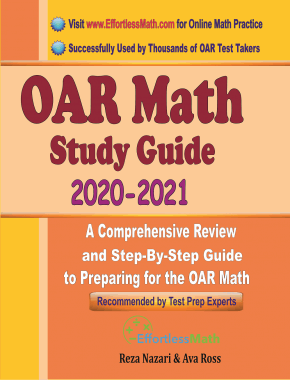
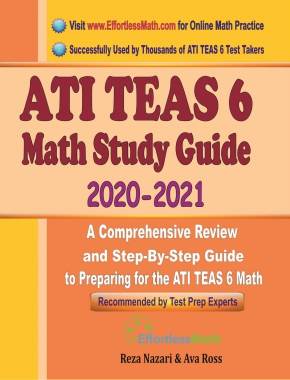
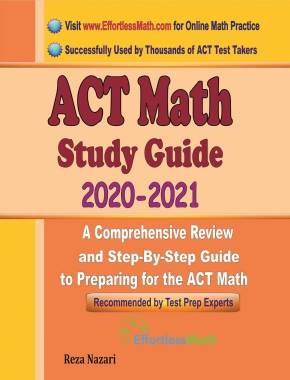



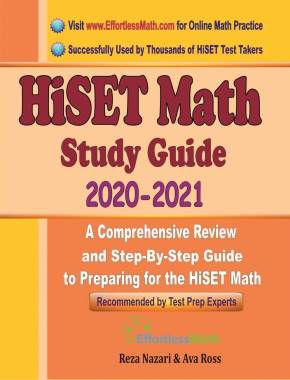
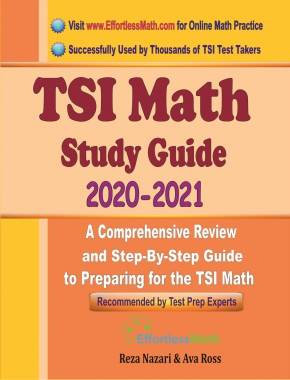
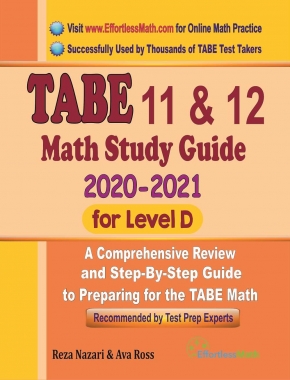

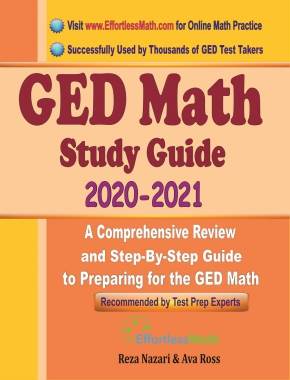





















What people say about "AI Detection Guide to Identify AI Writing vs Human Authors - Effortless Math: We Help Students Learn to LOVE Mathematics"?
No one replied yet.